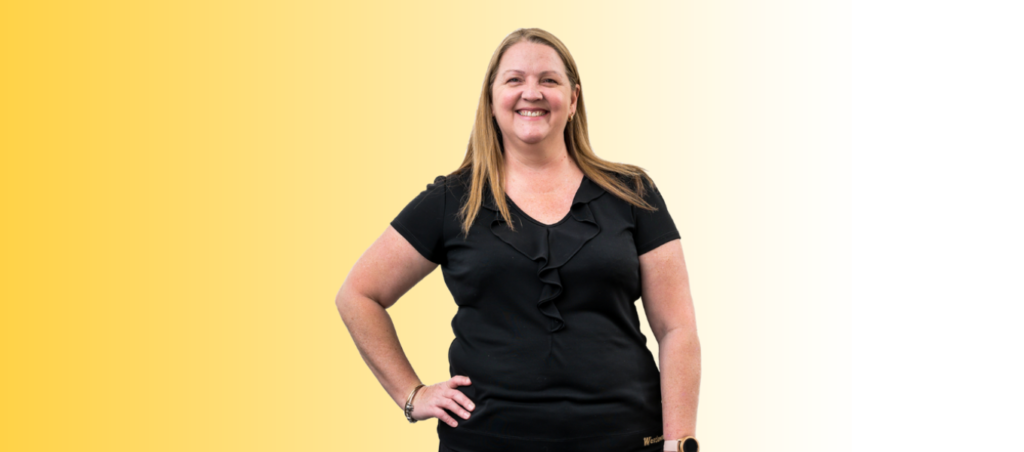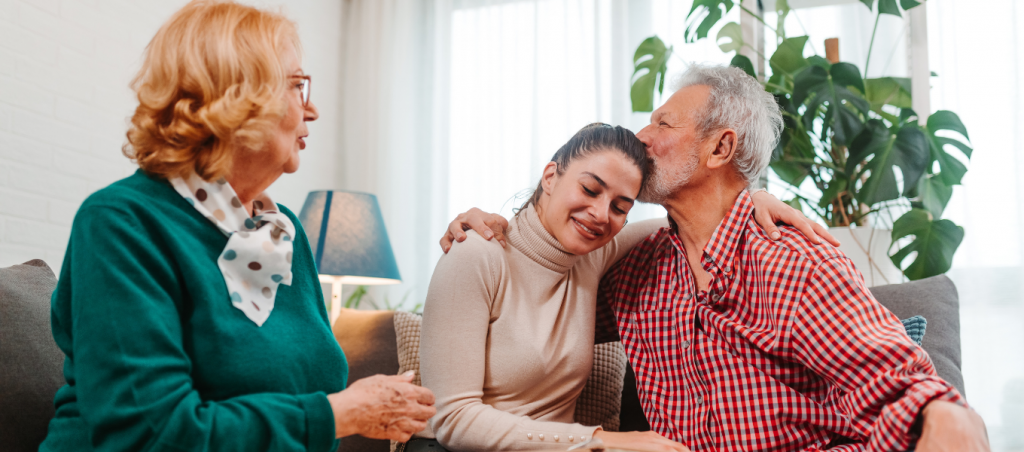Winter has certainly arrived with much of south-eastern Australia shivering through last weekend as many higher parts of the ranges, from Victoria through to southern Queensland, were blanketed in snow. While the rare winter snow was welcomed by many, the colder weather has also had deadly consequences for some people trying to stay warm indoors.
The latest in a string of tragic events involving dangerous indoor heating practices occurred last weekend when a man in the Sydney suburb of Greystanes died from suspected carbon monoxide poisoning. The 29-year-old man was found unconscious in his bedroom with BBQ heat beads in a frying pan and an electric heater next to his bed. He was taken to hospital by his brother, but sadly, could not be revived.
On 23 June, it was reported that a family from Penrith in western Sydney were treated in hospital for carbon monoxide poisoning after they went to sleep around an open charcoal burner in their living room. This followed the tragic deaths of Canadian country music singer, Derek Kehler and his partner, Helena Curic, in a makeshift cabin on a Blue Mountains property over the June long weekend. The couple suffered carbon monoxide poisoning after taking a cooking pot of hot coals from a bonfire inside the converted shipping container where they were sleeping.
These cases highlight the need for extreme care when trying to keep warm indoors during the winter months. And it’s not just victims succumbing to noxious gasses while using dangerous heating methods indoors that is cause for concern. According to a press release issued by Fire & Rescue NSW on 16 July:
“Firefighters have been called to more than 70 home fires since the weekend when temperatures started to drop.”
Acting FRNSW Commissioner Jim Smith said people needed to take the risk of a fire breaking out in their home seriously.
“Since the recent spate of cold weather across NSW, FRNSW has … concerns for welfare resulting from the increased use of heaters, electric blankets, and improper use of unsafe heating methods.
“Many people don’t realise that winter is the worst time of the year for home fires. Home fires in the cooler months are often far more serious and are more likely to result in injuries and deaths,” Acting Commissioner Smith said.
Safety tips from Fire & Rescue NSW
FRNSW warned that outdoor heating and cooking appliances should never be brought indoors. This includes any appliances that use heat beads or LPG as a fuel source.
Other fire safety tips from FRNSW include:
-
- Keep clothing and other flammable materials at least one metre from heaters
- Clean out the lint filter in your clothes dryer after every load
- Never overload powerboards
- Never use wheat bags in bed
- Ensure you have working smoke alarms and a practised home escape plan
- If a fire does occur, get out, stay out and call Triple Zero (000).
For more information on how to keep safe by assessing your home and identifying fire risks visit www.homefiresafetyaudit.com.au and view the Winter fire safety checklist.
Tips for keeping warm indoors
So how do you safely keep warm indoors during the cold winter months? Here are some tips for not only safe, but also efficient and cost-effective indoor heating.
-
- Insulate your house: A well-insulated house uses up to 45% less energy for heating and cooling. Depending on the age of your home and when insulation was installed, your current ceiling insulation may have lost its effectiveness or may even be missing in places. Also, consider installing wall and underfloor insulation.
- Use heavy curtains to stop heat escaping from windows: Up to 40% of heat escaping from your home in winter is from uncovered windows. Heavy, lined curtains which extend below the window frame insulates your windows and helps keep the warmth in. If sunny, consider opening the curtains on north-facing windows to let the sunshine stream in to warm the room.
- Seal gaps and cracks that let in the cold: In an average home, cracks and gaps could account for up to 25% of heat loss. Seal cracks and gaps using weather stripping around doors and windows, gap filler for cracks in the walls and use door draft snakes for the bottom of doors. Also, keep doors closed to rooms that you’re not using.
- Don’t overheat your home, wear warm clothes indoors: Heat rooms you’re using to around 20ºc (no more than 24 ºc). If you don’t have a heater with a programmable thermostat, keep a thermometer in your living area to monitor the temperature. Don’t walk around the house in shorts and T-shirt, put on a jumper before turning up the heat.
A timely reminder about your home insurance
The increased risk of house fires during the winter months serves as a timely reminder to ensure that your home and contents insurance is up to date, and importantly, that the sum insured is adequate for rebuilding your home and replacing your contents.
Westlawn Insurance Brokers ensure that you are fully protected.
21 July 2015



